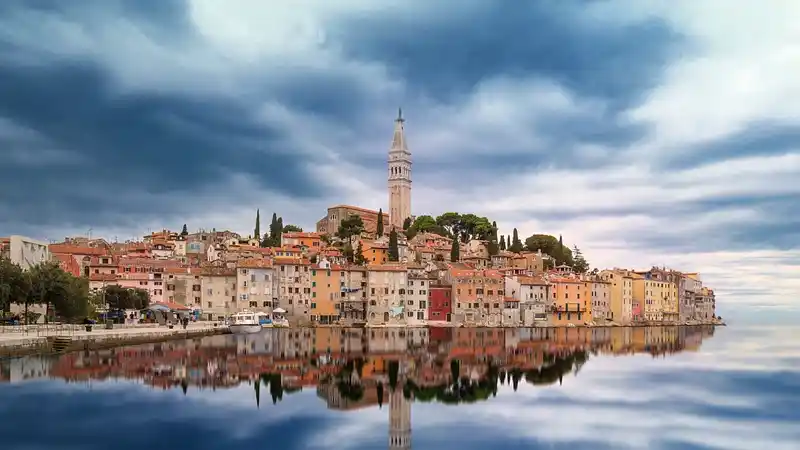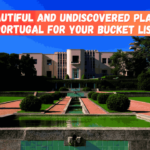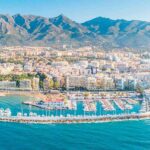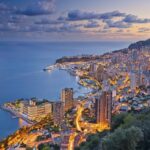Today we will explore the Best Places to Visit in Croatia.
What is there to see in Croatia, the trendy destination? Well, above all, that medieval jewel called Dubrovnik: a must-see in Croatia! It also has more than a thousand islands. And a coastline of coves and pine forests that resembles the Costa Brava.
And its capital, Zagreb, reminds us of the grandeur of its Austro-Hungarian past. In this post I show you the best of Croatia and in this other one, I have compiled all the practical information for traveling to Croatia.
Best Places to Visit in Croatia
1. Zagreb
Zagreb, the Croatian capital, seems straight out of a tale of Empress Sissi. Not in vain was it one of the capitals of the Austro-Hungarian empire. Zagreb is charming, small and monumental. An essential visit if you want to get to know Croatia.
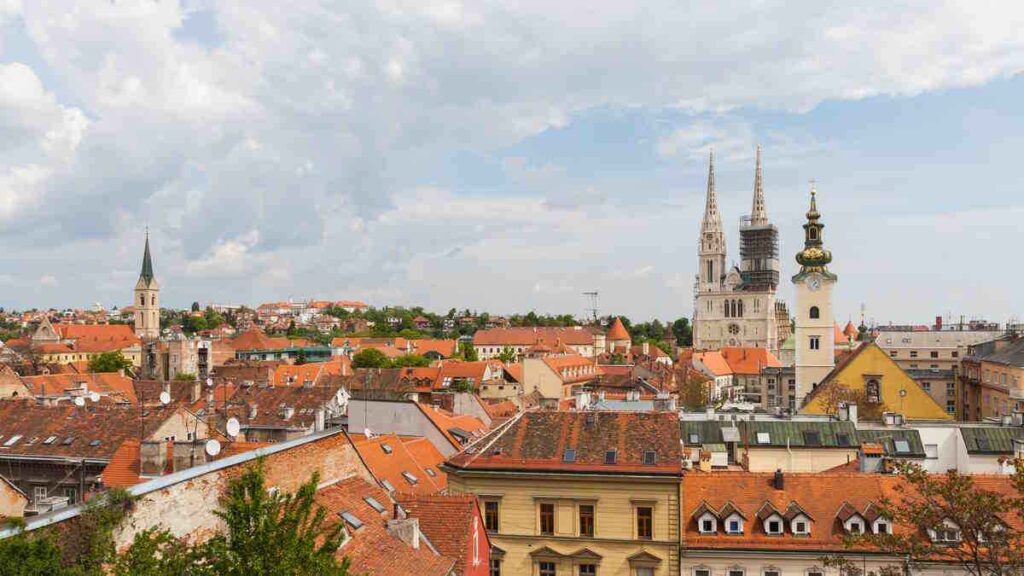
A rare provincial quietness floats in the air, a feeling that everything is close, affordable. And then there are the trams. Cities with trams have a special charm. The metallic clatter of the tracks and the monotonous sound of the whistle turn the city into a kind of model railway designed to the size and measure of the passerby.
The urban epicentre is Ban Jelacic Square, where the tourist office is located. And very close to it, two essential places: the cathedral and the Dolac market. Zagreb is also full of terraces and open-air atmosphere as soon as the good weather arrives. Bogoviceva Street and Tkalciceva Street are recommended in this regard.
Another interesting visit: the Museum of Broken Relationships, in the Kulmur Palace, a space dedicated to heartbreak created with donations of objects that represent a relationship that has already ended.
What is the best time to visit croatia ?
2. Plitvice Lakes National Park
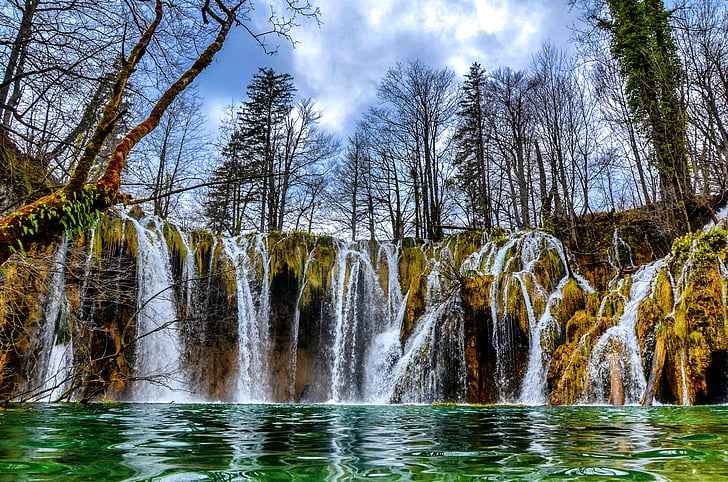
The Plitvice Lakes National Park is the most popular natural space in Croatia and is located halfway between Zagreb and Zadar, near the border with Bosnia. It is a forest reserve with 16 lakes linked by waterfalls along a limestone canyon.
You can visit them on foot, using the network of paths parallel to the reservoirs, by bus or by electric boat that links the main lakes. The best time to visit the park is in autumn. In summer it is advisable to arrive very early because it receives many visitors and the parking lots fill up quickly.
3. Zadar
Zadar, one of the large port cities of Dalmatia, 116 km northwest of Split, is not as touristy as other cities on the Croatian coast so you can enjoy almost the same attractions (culture, monuments, beaches), but without so many hustle and bustle.
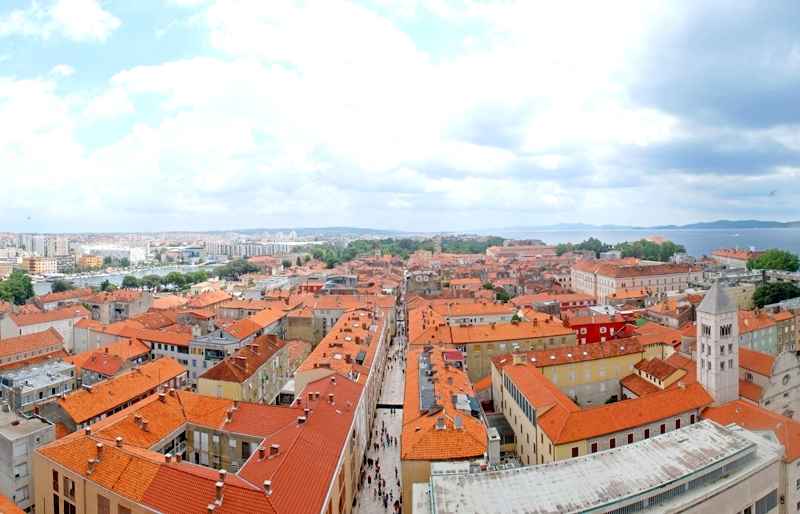
The city grew on a promontory that juts out into the Adriatic and preserves a historic center with Roman remains (including the ancient forum) and many churches and palaces. It also preserves medieval walls and a beautiful seafront promenade.
Two of its main attractions are the Sea Organs (pipes that produce sounds with the matreas) and the Greeting to the Sun (a circle with glass plates that produces light shows), two interventions by local artist Nikola Basić You can tour Zadar on a guided tour or from the water on a kayak tour along the coast of the Croatian city.
4. Split
Split, the second largest city in Croatia, is 380 kilometers from Zagreb and is also one of the most important ports on the Adriatic. The most curious thing about Split and what earned it the title of World Heritage Site is that a large part of the old city still uses the remains of the palace of Diocletian, a Roman emperor who was born in this region.
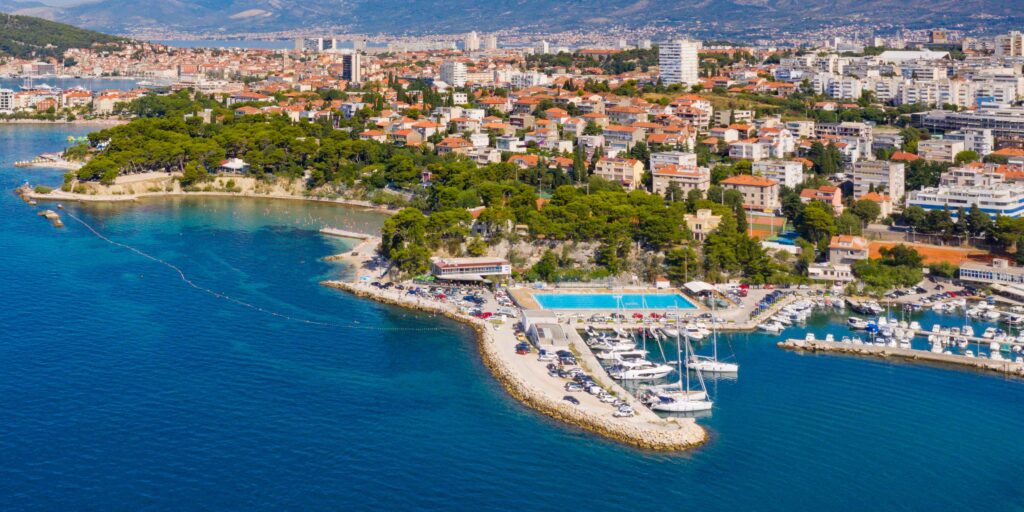
Diocletian had a large palace and holiday home built where he would later be buried, in the year 313. The enormous palace ended up being used by the inhabitants as a fortified enclosure and a new city grew around it and the mausoleum, Split, which we know today as Split.
Many of the 220 buildings in the palace complex are still recognisable and have been conveniently converted into homes, shops, restaurants and businesses. The old peristyle – the former palace parade ground – is today the busiest and liveliest square in old Split. Another must-see in Croatia.
5. By boat along the Croatian coast
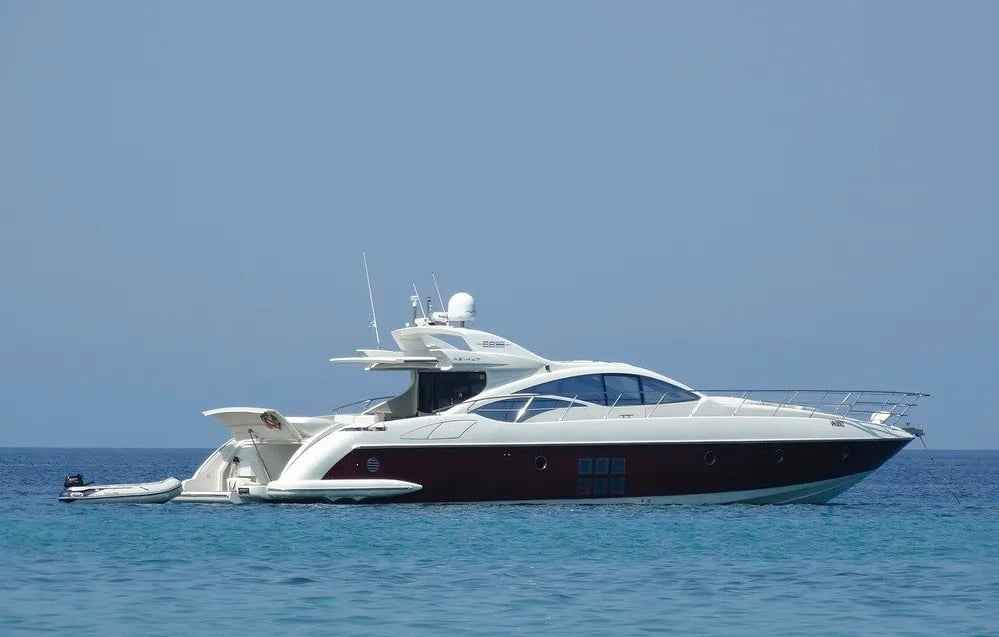
A very original way to visit the coast, islands and coastal towns of Croatia is to take advantage of the mail boat and ferry service that runs daily in all directions along the Adriatic coast, stopping at the main ports and at many of the more than a thousand islands – barely 50 inhabited – that dot the Croatian coast.
A different and relaxing trip, which is sometimes faster than by road given the complex orography and poor roads of Croatia. The most important shipping company is Jadrolinija, state-owned and with service between almost all the main ports and islands; it also has connections with Italy. There are also several private companies, such as G&V Line.
6. Pakleni Otoci
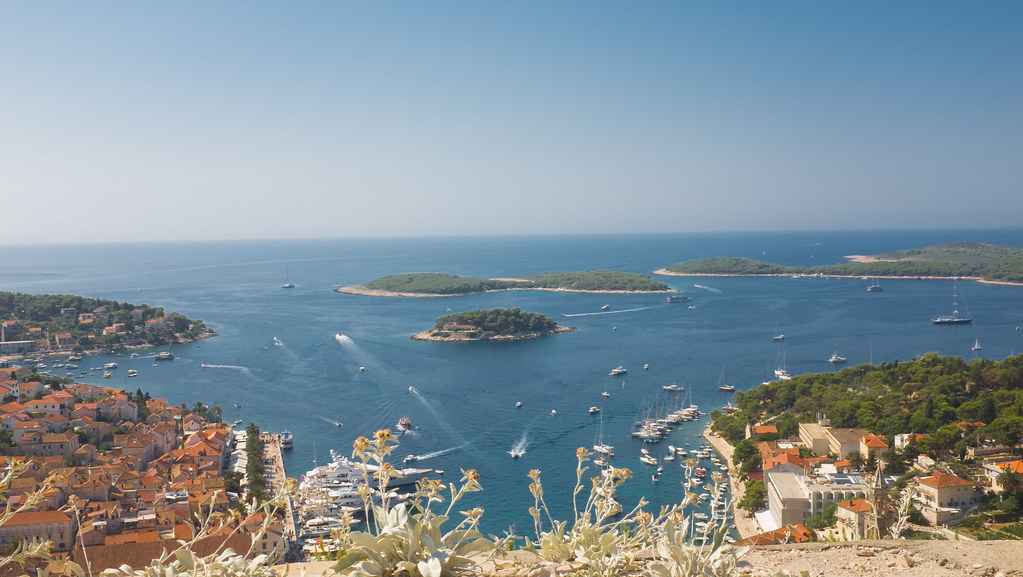
Pakleni Otoci is a small archipelago of twenty islets in front of the town of Hvar, on the island of the same name. It has charming places such as Necujam, one of the most attractive coves in the Adriatic.
Although it now has a colony of holiday homes and small hotels, Necujam remains a paradise of turquoise waters, calm seas and plenty of deserted beaches. It is easily reached by taxi boat from the port of Hvar; the crossing takes about 20 minutes.
7. Brac
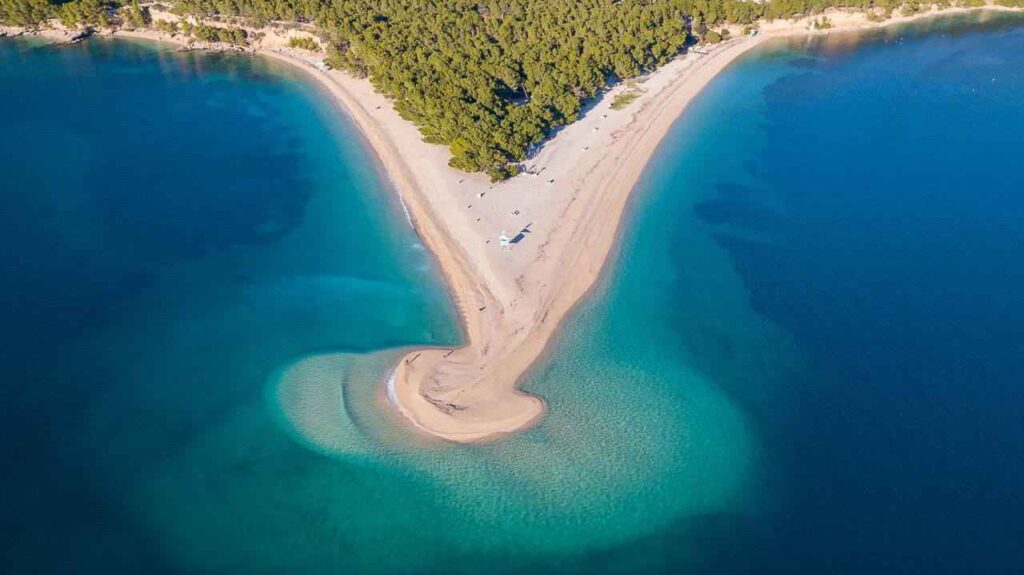
Brac is the third largest island, with a mountainous interior and 13 small, charming towns, all with their white bell towers, red roofs and Venetian air. Brac’s characteristic is that it has open, long, sandy beaches (although very coarse), compared to the small coves that abound on the rest of the coast.
The most famous is Zlatni Rat, near the town of Bol. Also noteworthy are Vela Luka, Supetar and Lovrecina, in the north. The waters are clear and the interior is covered by dense pine forests. Brac is opposite Split, from whose port there are ferries that connect it to the mainland (one hour). From Split you can book this excursion to the islands of Brac and Solta by boat.
8. Korcula
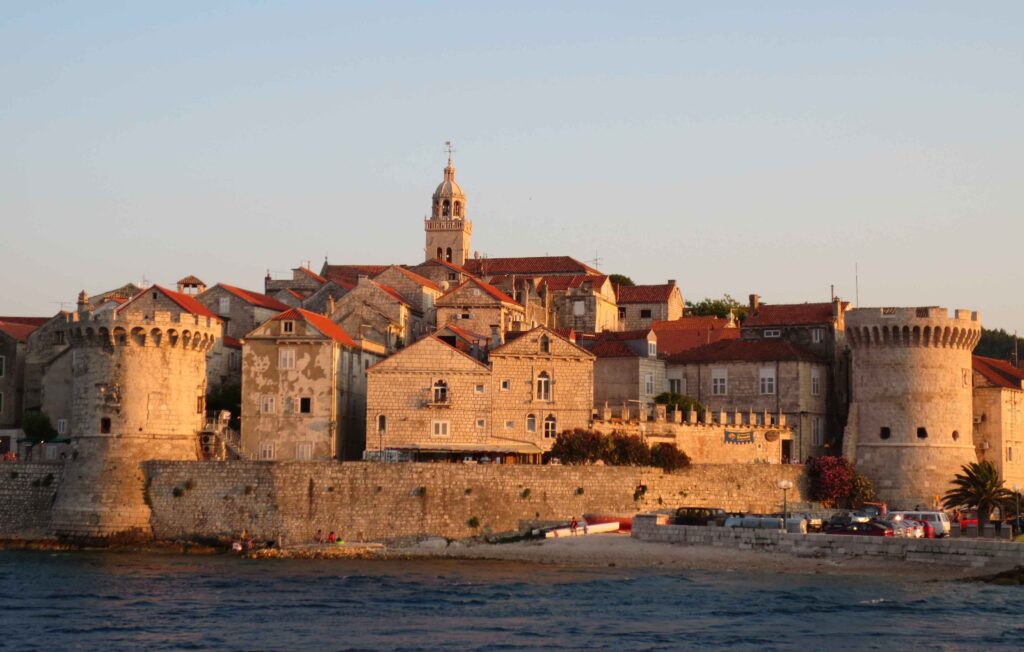
An island close to Dubrovnik that is claimed to be the birthplace of the most famous of travellers: Marco Polo. Korcula is the sixth largest island in Croatia, about 50 kilometres long. It has a very monumental capital – almost a miniature of Dubrovnik – also with its walls, palatial houses, red roofs and ramparts. And fishing villages and very Mediterranean landscapes of pine trees, olive trees and vineyards.
9. Hvar
Its relief of gentle hills crowded with aromatic herbs, the beauty of its Mediterranean landscapes, its coves and its historic capital make it one of the most desirable islands on the Dalmatian coast. If you are only going to visit one island, I recommend this one. Hvar was a refuge for painters and poets.
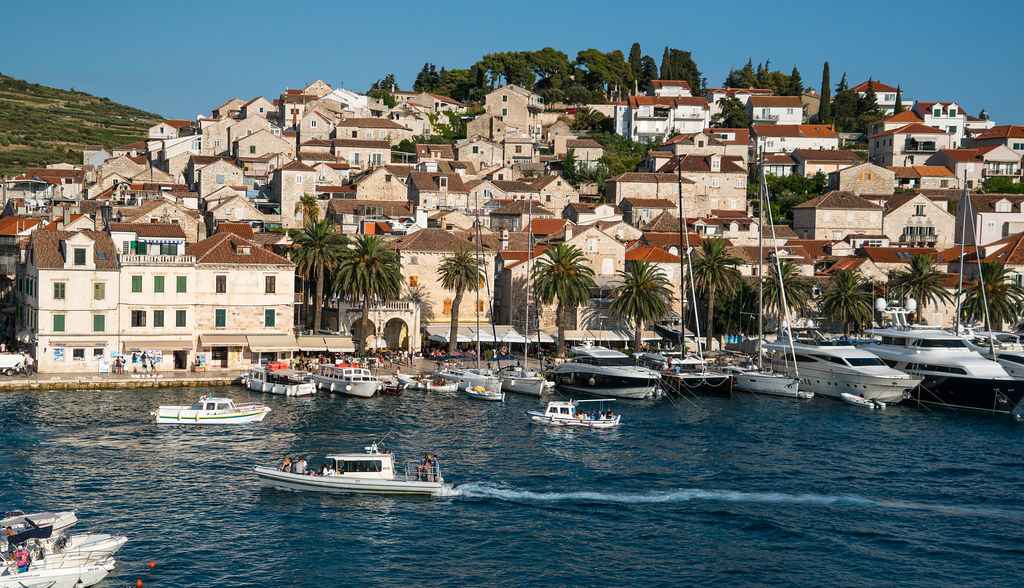
And now, for thousands of young Italians who have their favourite summer resort here. It has an elongated shape and two important population centres. At the western end is Hvar, the capital, a former Venetian naval base, with a beautiful square and market, surrounded by palaces, which retains much of that presence of the Serenissima.
See Also : Best European Christmas Market to visit this Christmas
And with an intense nightlife. To the north, in a protected bay, Stari Grad, where ferries from the mainland arrive, an ancient Greek foundation also with a beautiful fortified historic centre and full of baroque palaces and Renaissance churches. And much quieter than Hvar.
10. Dubrovnik
Dubrovnik is a must-see, the most famous and touristic city in Croatia. In summer it is packed with visitors, even more so if cruise ships arrive that day, so be patient. But whatever the case, it is worth it. The old city, surrounded by walls and protected by the Revelin fortress, a 16th century castle, is simply delightful.
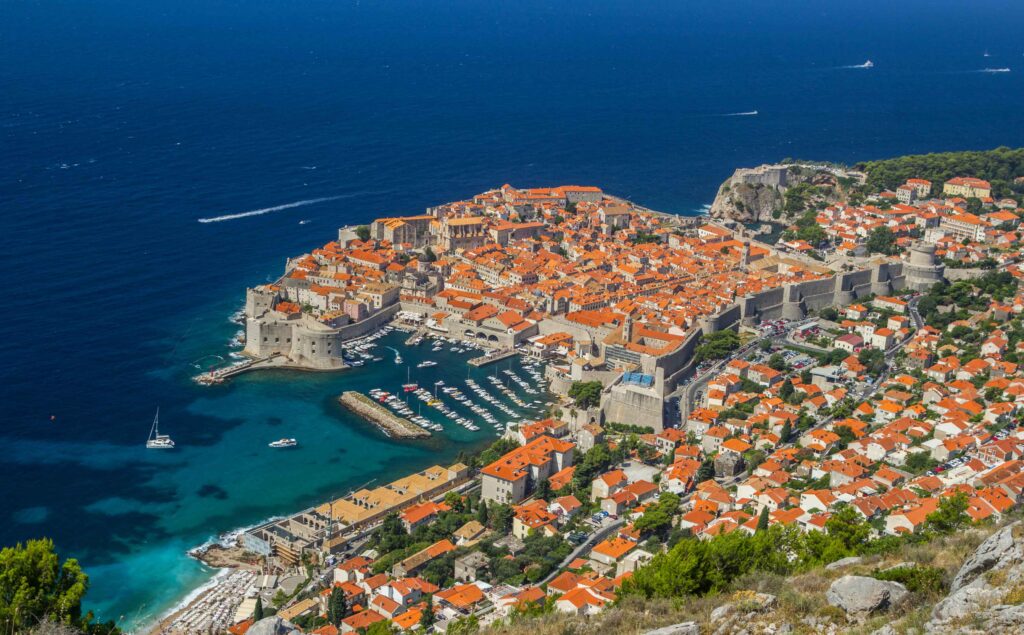
Its pedestrian streets, its towers and bastions, its narrow streets, its monasteries, palaces and churches – always with red roofs – invite you to imagine the riches that arrived at its port when it was a prosperous city-state between 1205 and 1808, when it was conquered by Napoleon.
Walk around the city along the promenade of the walls (2 kilometres), sit on a terrace in the old port to watch the boats coming and going, visit the cathedral, wander around Stradun Street – the main urban axis on which many of the main buildings look out – and go up the funicular to Mount Srdj to see a perspective of the city and its bay from up there.
And a tip: at night, when the large groups have disappeared and the cruise passengers have returned to the ship, the streets of Dubrovnik take on a new dimension.
